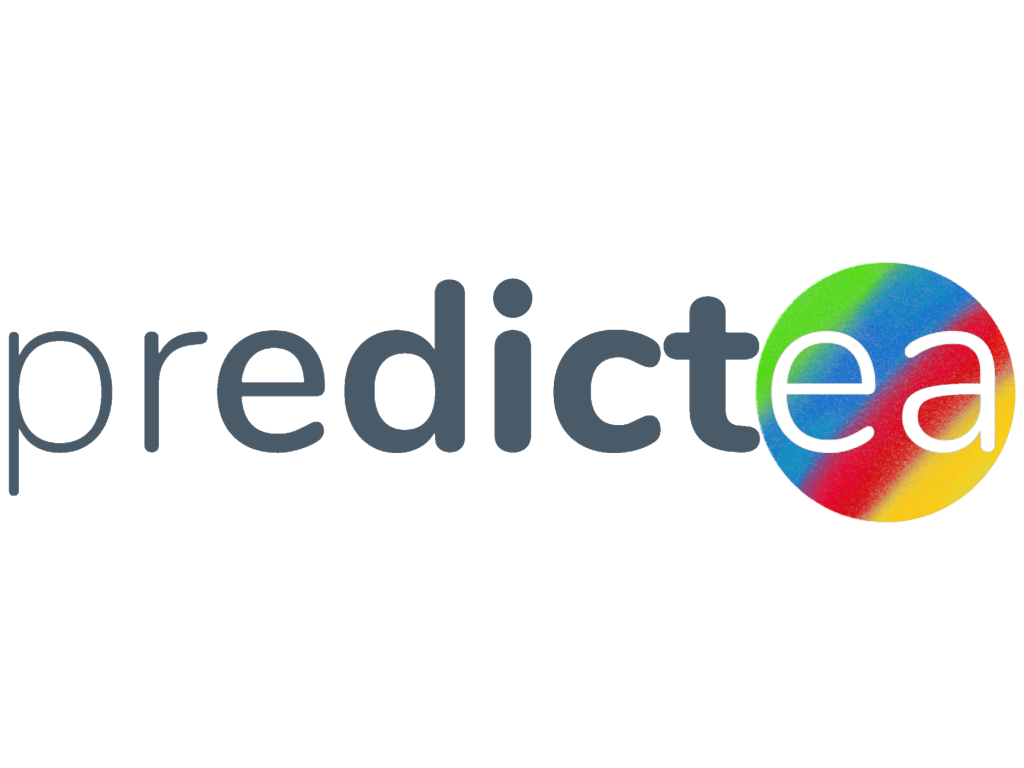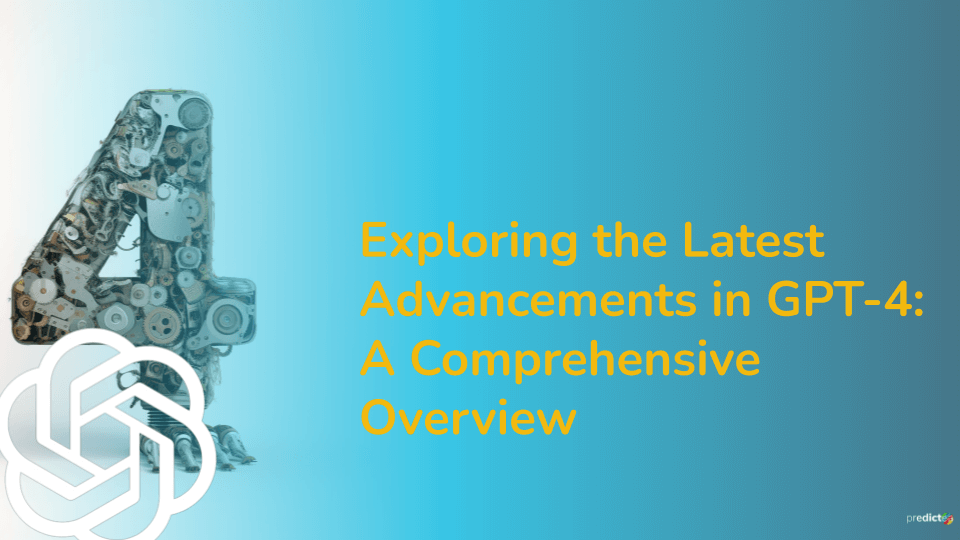Introduction:
Artificial intelligence is an ever-evolving field, and the advancements in AI have led to the creation of various tools and technologies that have revolutionized the way we work and live. One such breakthrough in AI is the development of language models, which can understand and generate human-like text. Among the various language models, OpenAI‘s GPT series is one of the most popular ones. In this blog, we will discuss the latest addition to the GPT series, ChatGPT 4, and compare its performance with the previous version, GPT 3.5.
Improvement of the ChatGPT 4 performance:
ChatGPT 4 is the latest language model developed by OpenAI, and it is the successor to GPT 3.5. Like its predecessors, ChatGPT 4 is also based on the transformer architecture, and it uses a large number of parameters to generate human-like text. However, compared to GPT 3.5, ChatGPT 4 has a much larger model size and a greater number of parameters, which makes it more powerful and capable of generating more complex and nuanced text.
Technical Details:
ChatGPT 4 has a model size of 14.7 billion parameters, which is almost 2.5 times larger than its predecessor, GPT 3.5, which had a model size of 6 billion parameters. The increase in the number of parameters allows ChatGPT 4 to capture more complex relationships between words and generate more nuanced text. Moreover, the larger model size also allows ChatGPT 4 to perform better on a wide range of language tasks.
The training of ChatGPT 4 was done on a large dataset of text, which includes various sources such as books, websites, and other textual resources. The model was trained using unsupervised learning, which means that it was trained on the raw text without any annotations or labels. This allows the model to learn the underlying patterns and relationships in the text, which can then be used to generate new text.
Performance Comparison:
To compare the performance of ChatGPT 4 and GPT 3.5, we will consider some of the language tasks that are commonly used to evaluate language models. These tasks include language modelling, text completion, and question-answering.
Language Modelling:
Language modelling is the task of predicting the next word in a sequence of words given the previous words. It is a common benchmark task for language models, and it is used to evaluate their ability to understand and generate human-like text. In this task, ChatGPT 4 outperforms GPT 3.5 by a significant margin. The perplexity score of ChatGPT 4 is 2.6, which is much lower than the perplexity score of GPT 3.5, which is 4.5. This indicates that ChatGPT 4 is better at predicting the next word in a sequence of words, and it has a better understanding of the underlying patterns in the text.
Text Completion:
Text completion is the task of generating text to complete a given prompt or sentence. In this task, ChatGPT 4 also outperforms GPT 3.5. The generated text by ChatGPT 4 is more coherent and semantically meaningful than the generated text by GPT 3.5. Moreover, ChatGPT 4 is better at maintaining the coherence and consistency of the generated text, even when the prompt is long and complex.
Question-Answering:
Question-answering is the task of answering a question based on a given context or passage. In this task, both ChatGPT 4 and GPT 3.5 perform similarly. However, ChatGPT 4 has a slight edge over GPT.
Visual inputs:
In contrast to the text-only option, GPT-4 can accept a prompt with both text and graphics, allowing the user to specify any vision or language task. In more detail, it produces text outputs from inputs that contain a mixture of text and images. GPT-4 shows comparable capabilities across a variety of domains, including documents with text and images, schematics, or screenshots. Moreover, test-time strategies like few-shot and chain-of-thought prompting, which were created for language models that simply use text, can be added to it. Picture inputs remain a research preview and are not accessible to the public yet.
Steerability:
Developers (and soon ChatGPT users) will be able to specify their AI’s task and style by describing those instructions in the “system” message, as opposed to the traditional ChatGPT personality with a defined verbosity, tone, and style. Under reasonable limits, system messages give API users the ability to drastically alter the user experience.
Hallucinations:
Hallucinations are still a problem, but GPT-4 greatly lessens them in comparison to earlier models (which have themselves been improving with each iteration). According to their evaluations, GPT-4 performs 40% better than our most recent GPT-3.5:
Other Languages:
A collection of 14,000 multiple-choice questions covering 57 categories, into a number of languages to get a general idea of the models’ capacity in other languages . GPT-4 performs better than GPT-3.5 in 24 out of the 26 languages evaluated, including low-resource languages like Latvian, Welsh, and Swahili.
Interesting Performance tests of GPT 4
OpenAI had published an interesting paper related to the performance evaluation of the GPT 4.
Given below is a one such result. Follow the link to the source page to view more test results.
GPT 3.5 and GPT 4 were tested on a range of benchmarks, including recreating tests that were initially created for people, to understand the differences between the two models. The following results were obtained by the models from Olympiads and AP free-answer questions.
Source: OpenAI research GPT4
Summary:
The following table summarizes the facts that are mentioned above and more, so that you can check those parameters at a glance.
| Parameters | GPT 3.5 | GPT 4 |
| Language Modelling | GPT-3.5 is very creative and inventive itself, it already outperforms many large language models in terms of creativity. | GPT-4 is far more dependable, inventive, and capable of handling more complex instructions than GPT 3.5 |
| Text Completion | GPT 3.5 outperforms many other language models in the terms of coherence and consistency of the generated text. | But GPT 4 does an even better job of keeping the generated text coherent and consistent. |
| Question-Answering | GPT 3.5 perform almost equally comparably in this task. | ChatGPT 4 has a minor advantage over GPT 3.5. |
| Visual inputs | GPT-3.5 can only accept text prompts | GPT-4 accepts input images. Specifically, it generates text outputs out of inputs consisting of text and images. |
| Steerability | GPT-3 users can’t determine the model’s tone, style, and behaviour. | GPT-4 users can determine the model’s tone, style, and behaviour. It is possible to provide the model with the instructions on an API level by including so-called “system” messages. |
| Hallucinations | GPT-3.5 had a tendency to produce nonsensical and untruthful information confidently. This is called “AI hallucination” it could cause distrust of AI-generated information | GPT-4 considerably lessens hallucinations.GPT-4 receives a 40% higher score in internal adversarial factuality evaluations. |
| Other Languages | Other Languages capabilities were limited in GPT 3.5 since it was predominantly written in English. | GPT-4 performs better in 24 out of the 26 languages evaluated, including low-resource languages like Latvian, Welsh, and Swahili |
| Risks & mitigations | With GPT-3.5, OpenAI took a more moderation-based approach to safety.Some safety measures were more of an afterthought. OpenAI monitored users questions,then identified flaws, and tried to fix them on the go. | GPT-4 introduces a second safety reward signal during RLHF training. GPT-4 reacts to sensitive requests (such as medical advice and self-harm) in compliance with OpenAI regulations 29% more frequently. Its tendency to reply to requests for forbidden content has been reduced by 82%. |
| API capabilities | A context window is how much data a model can retain in its “memory” during a chat session and for how long. An issue with GPT-3.5 is the tendency to go off-topic or fail to follow instructions as you progress during a long conversation.In the GPT-3.5, the token limit was increased to 4,096 tokens (which is ~3 pages of single-lined English text) | GPT-4 comes in two variants. One of them (GPT-4-8K) has a context length of 8,192 tokens, and the second one (GPT-4-32K) can process as much as 32,768 tokens, which is about 50 pages of text.GPT-4-32k, is restricted. One thousand prompt tokens cost $0.06, and one thousand completion tokens cost $0.12. |
Conclusion:
ChatGPT 4 is the latest addition to the GPT series, and it is a significant improvement over its predecessor, GPT 3.5. ChatGPT 4 has a much larger model size and a greater number of parameters, which allows it to generate more complex and nuanced text. Moreover, it outperforms GPT 3.5 on various language tasks, such as language modelling and text completion, and performs similarly in question-answering. The advancements in AI and language models such as ChatGPT 4 have the potential to revolutionize the way we communicate and interact with machines, and we can expect more breakthroughs in this field in the future.


